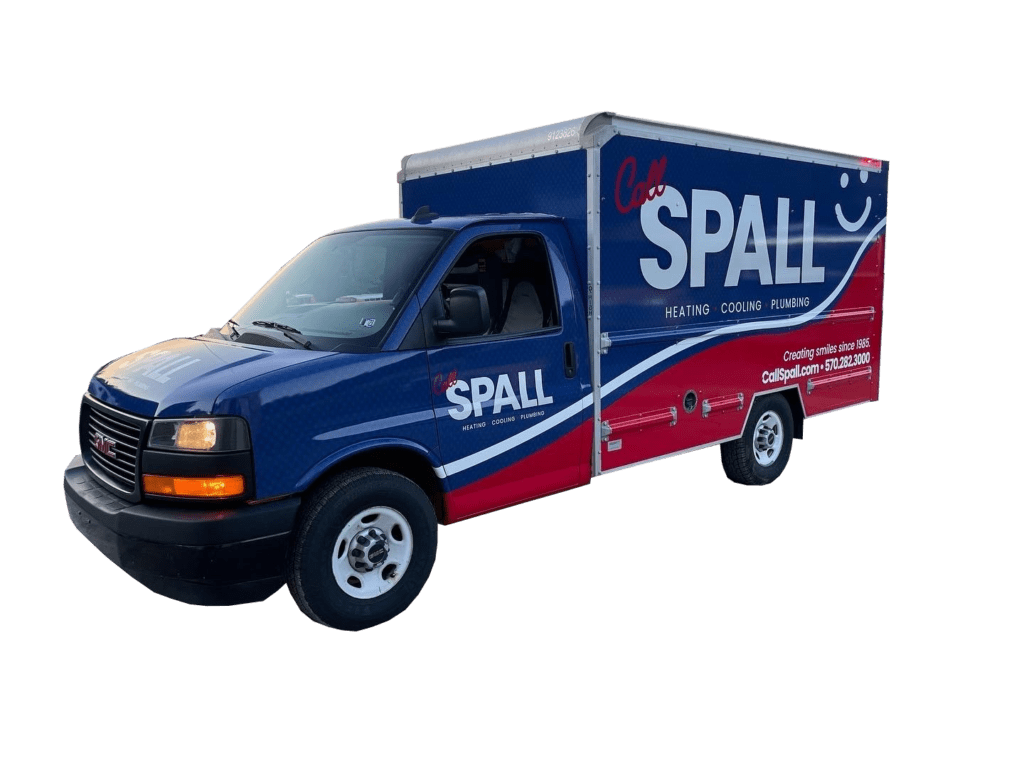Did you know there are multiple types of furnaces? Besides gas, oil, and electric furnaces, there are also single-stage furnaces, two-stage furnaces, and modulating furnaces—and each varies in speed, heating capabilities, and efficiency.
Single-Stage Furnaces
A single-stage furnace is the simplest when compared to two-stage and modulating furnaces and uses one setting—high—to heat your home or business. A single-stage furnace simply turns on or off, with no middle setting to control fuel use or airflow within a building. Single-stage furnaces operate at maximum capacity, all the time, using 100 percent of their resources to heat a home. Because they operate on a single setting, single-stage furnaces are often the least energy efficient when heating your home or office and can lead to increased utility bills.
Two-Stage Furnaces
Unlike a single-stage furnace, two-stage furnaces (sometimes referred to as “two-speed furnaces”) operate with two settings. The first stage supplies heat to any home or commercial property using approximately 65 percent of the furnace’s total capacity. When temperatures drop outdoors and the first stage is unable to meet the heating needs of the building, the second stage kicks on to compensate for the first.
When compared to a single-stage furnace, two-stage furnaces are more energy efficient because they are not continually operating at 100 percent capacity. Two-stage furnaces are quieter than single-stage furnaces and emit less carbon dioxide into the environment.
Modulating Furnaces
A modulating furnace—or “variable speed furnace”—is the most energy efficient furnace and most accurately heats any building. However, the term “modulating” does not refer to the furnace itself, rather the fan located inside it. In a modulating furnace, the fan is capable of circulating air throughout your HVAC system at all times. Because its fan is constantly circulating air throughout your heating and cooling system, you may experience improved airflow, increased temperature and humidity control, and an overall more comfortable environment.
Even when a modulating furnace is not turned on, the fan inside circulates air throughout your ductwork and through your building’s air filters, removing unwanted bacteria, viruses, mold, and other contaminants. A modulating furnace can control the temperature in your home, office, or commercial building within a half-degree of your desired temperature, compared to a 4 to 6 degree variant like single-stage and two-stage furnaces.
A modulating furnace can also control the amount of fuel being used. When initially turned on, a modulating furnace will begin heating using 100 percent of its fuel—typically gas. Once a building starts to warm up, the furnace decreases the amount of fuel used and increases its fan intensity to maximize energy efficiency and improve air circulation.
Furnace Installation, Repair, and Maintenance in Scranton & Wilkes-Barre, PA
No matter what type of furnace is located in your Pennsylvania home or commercial property, you can trust the experts at T.E. Spall & Son to properly maintain and repair it—or install a new one. Our HVAC technicians provide unparalleled service, top-quality products, and expert knowledge of the heating and cooling industry. Give us a call at (877) 591-7508(877) 591-7508 or contact us online to schedule your service today!


